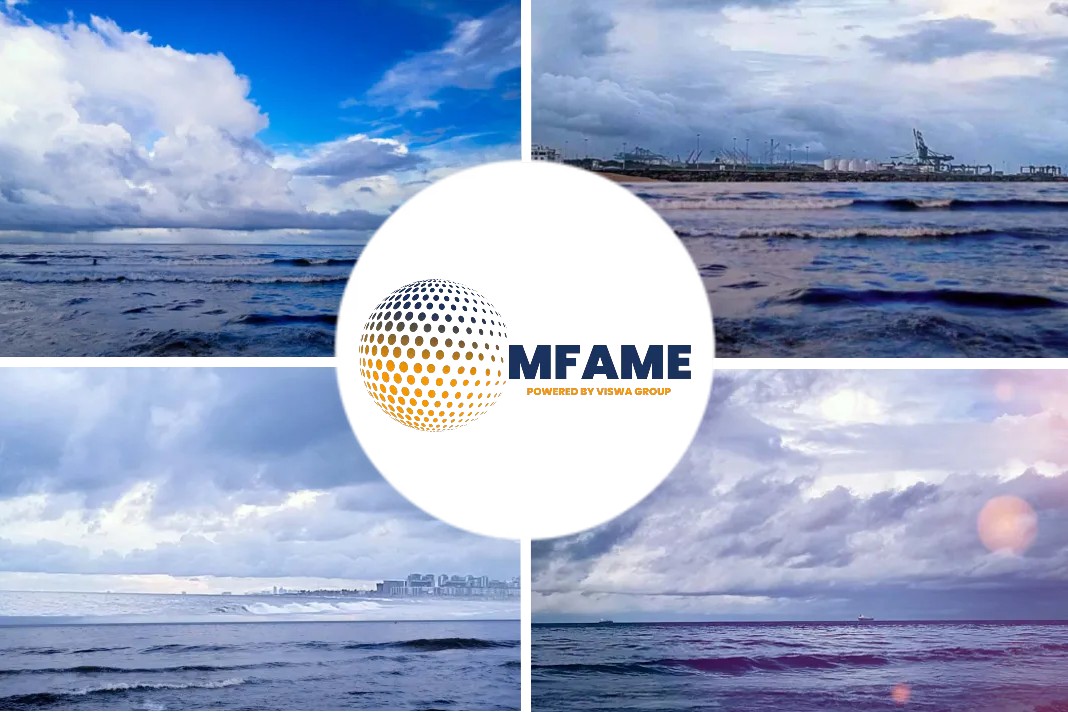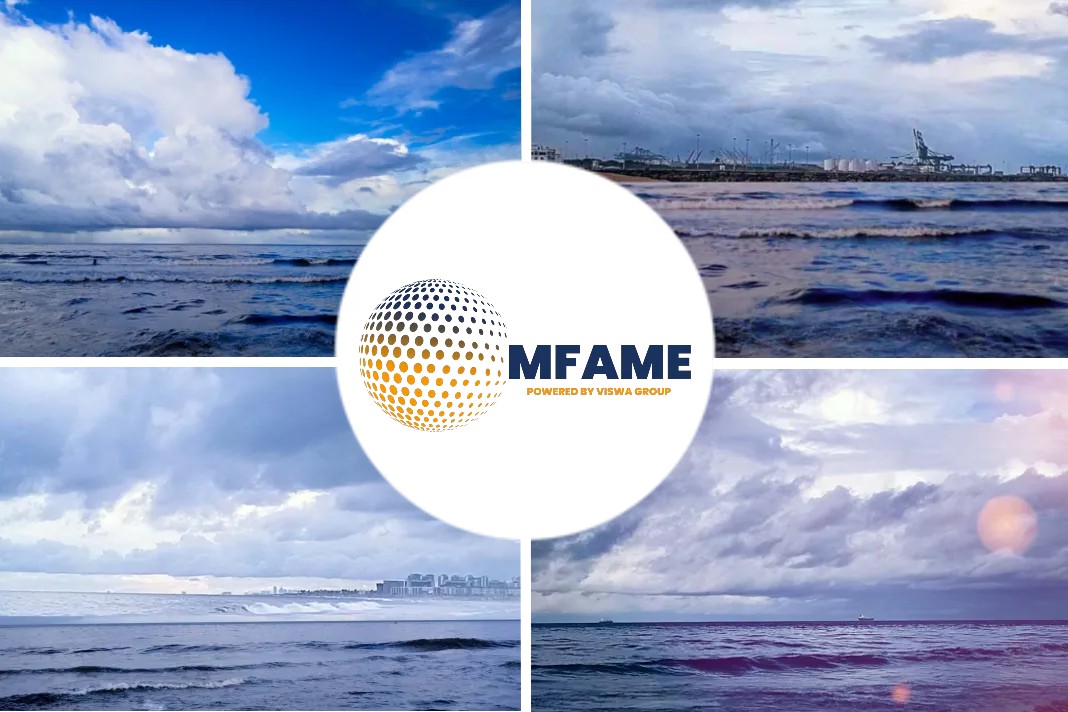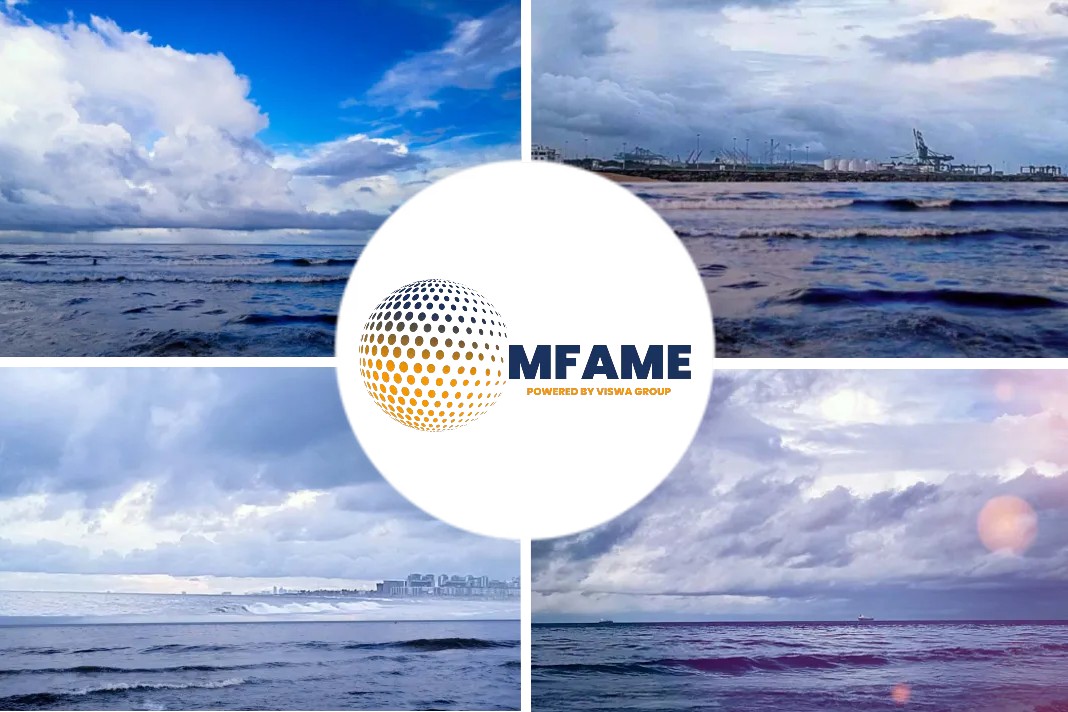- Insurance industry having concerns about the size of the vessels say bigger vessels means a potential loss of about $4bn.
- Fires and explosions on board continue due to misdeclared cargo generate large losses, with 174 incidents last year and a new incident every 60 days, on average.
- Marine insurers typically calculate their average exposure at $50,000-$100,000 per box, with incidents where the value of a single packed container has exceeded $1m.
- The insurers highly concerned about the losses that occur due to the vessel damage.
- The biggest container vessel casualty to date was the 15,262 teu Maersk Honam, which caught fire on 6 March 2018 in the Arabian Sea, claiming five lives.
- It is reported that loss prevention measures are not in pace with the upscaling of the vessels in some shipping segments and a design stage approach is recommended.
The ultra-large container vessels (ULCVs) that have taken over the Asia-Europe trade lane has proven to be not quite popular as the operating lines had hoped, says an article published in The Loadstar.
Insurance industry faces challenge
The transport Logistic in Munich, last week, saw several shippers who could not avoid the ocean behemoths and the insurance industry also seems to have its concerns.
In its 2019 Safety and Shipping review, Allianz says ULCVs are a particular challenge for the insurance industry. This is because bigger vessels mean bigger risks, with a potential for a loss as big as $4bn.
Higher risks with increased vessel size
Insurers have already warned that higher risks are bound to happen with respect to an increase in the vessel size. These predictions have now become reality, potentially affecting the safety and risk management.
According to the statement of an insurer, larger vessels mean far greater accumulations of risks both on board vessels and in ports, thus affecting larger values and exposures.
Fire and explosions generate major claims
The Safety and Shipping review states that fires and explosions on board continue to generate large losses, with 174 reported incidents last year – and a new incident occurring every 60 days, on average.
These incidents can easily result in large claims in the millions of dollars or more. The review added, “A worse-case loss scenario involving the collision and grounding of two large container vessels could result in a $4bn loss, when the costs of salvage, wreck removal and environmental claims are included.”
Detect, locate and combat’ issue
Misdeclared cargo, including incorrect labelling and packaging of goods is believed to be the root cause of a number of fires and is a problem made severe by larger vessels, making it difficult to detect, locate and combat.
The review notes that onboard firefighting capability “continues to challenge larger vessels”, with the need for “considerable outside assistance to control a blaze” and that “significant damage to the vessel is likely to occur” due to the time required to get fire-fighting vessels to the scene.
Losses incurred by Vessel damage
The insurers are highly concerned about the losses that occur due to the vessel damage: the loss of about 300 containers in the North Sea in heavy weather from the 19,224 teu MSC Zoe in January resulted in substantial claims.
The report mentioned “inadequate stowing and lashing” of containers “poses a serious risk in bad weather”.
Maersk Honam and MOL Comfort
The biggest container vessel casualty to date was the 15,262 teu Maersk Honam, which caught fire on 6 March last year in the Arabian Sea, claiming the lives of five crew members.
The 8,110 teu MOL Comfort, which broke its back and sank off the coast of Yemen in 2008, resulting in a total loss of the ship and its 4,380 Europe-bound containers. Even for this, the insured cargo loss alone was reported at some $300m.
How is average exposure calculated?
Marine insurers typically calculate their average exposure at $50,000-$100,000 per box, but due to the higher value of the MOL Comfort’s electronics and consumer goods cargo, the loss was considerably higher.
According to the marine insurers, there have been incidents where the value of a single packed container has exceeded $1m.
Prevention measures to be upgraded
Chris Turberville, head of marine hull & liabilities in the UK for Allianz, said that loss prevention measures are not in pace with the upscaling of the vessels in some shipping segments. A design stage approach is needed.
Did you subscribe for our daily newsletter?
It’s Free! Click here to Subscribe!
Source: Loadstar
















This blog was… how do I say it? Relevant!! Finally I have found something
which helped me. Many thanks!
Unquestionably believe that which you said. Your favorite reason seemed to be
on the net the easiest thing to be aware
of. I say to you, I certainly get annoyed while people think about worries that they
just do not know about. You managed to hit the nail
upon the top and also defined out the whole thing without having side effect , people can take a signal.
Will likely be back to get more. Thanks